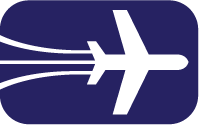Instrument Syllabus Section 3
You don't have the required access level to view this content.
In order to gain authorization for this page and have extended member access, explore membership options.
If you are logged in, you may not have the required membership level to view this content.
If you have any questions, please contact us at [email protected] or (650) 946-1700.
Login in the top right corner | Register


